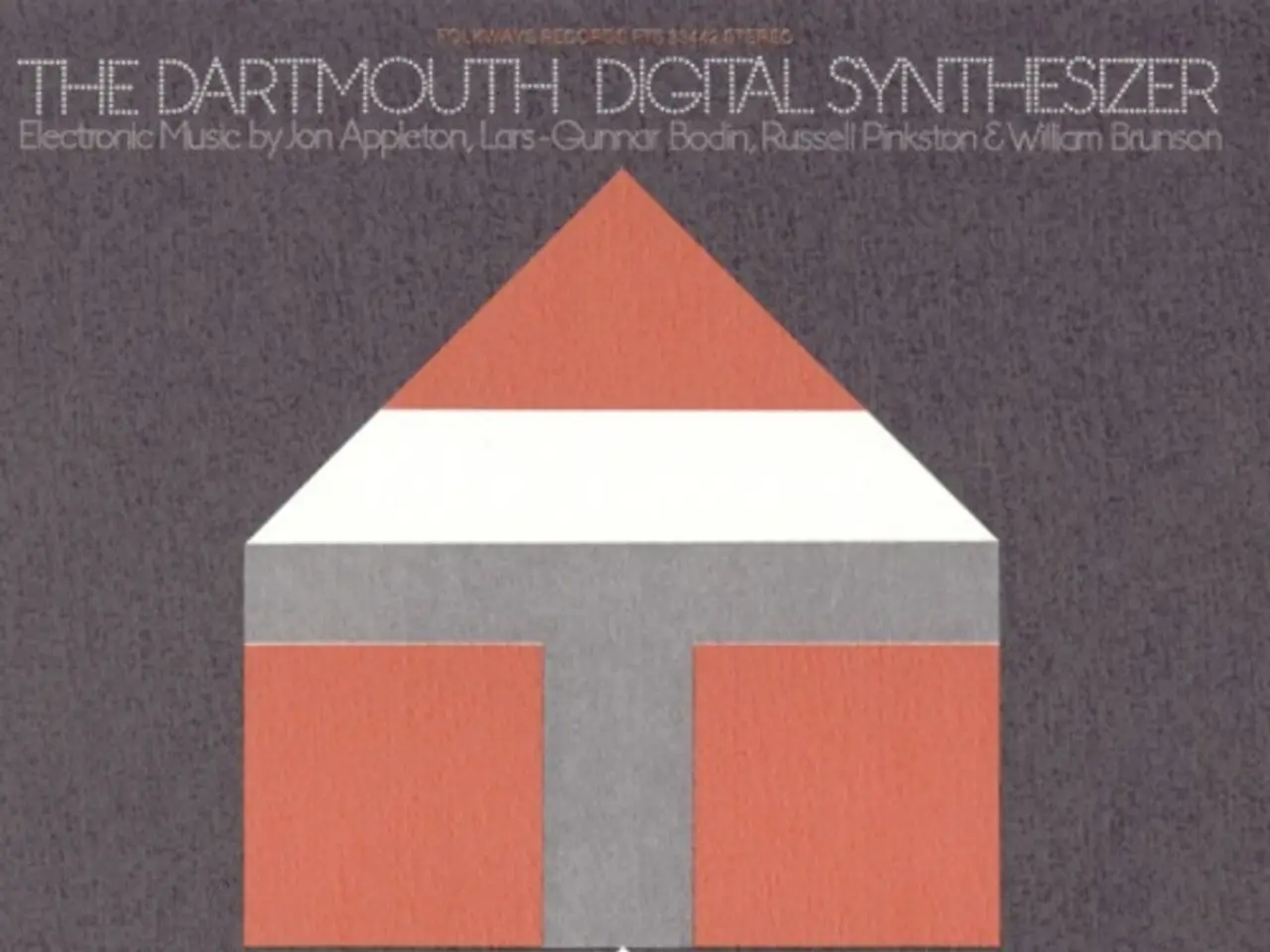Guide for Acquiring Significant Design Input from Your Customers
==================================================================
In the world of design, gathering and managing feedback from clients can be a challenging yet crucial aspect of the creative process. Here are some key practices that can help streamline this process, ensuring a smoother workflow and successful project outcomes.
Embrace Collaborative Design Feedback Tools
Using tools like Filestage allows clients to comment directly on designs in a centralized platform, fostering collaboration and clarity. These tools also enable clients to see others' comments, reply, and resolve conflicting feedback, while sending reminders for timely feedback and creating clear to-do lists from comments.
Implement a Structured Feedback Process
Assign ownership for different types of feedback to appropriate teams and develop a step-by-step action plan with clearly defined problems, measurable goals, timelines, and responsibilities. Regularly track and adjust the plan as needed to ensure that feedback is actionable and that all voices are heard.
Maintain Ongoing Communication
Maintain open lines of communication with clients through timely follow-ups after actions are taken and at later intervals. This shows clients that their input is valued and allows for assessments of satisfaction with implemented changes.
Improve Communication and Alignment with Shared Visual Tools
Using shared visual tools and keeping feedback loops short can significantly improve communication and alignment on expectations. Regular check-ins and agreed terminology help reduce misunderstandings and keep stakeholders engaged.
Collect Both Qualitative and Quantitative Feedback
Collect feedback intentionally and contextually, ensuring that feedback forms or surveys are well-timed relative to the client’s experience stage. Requesting specific, concise feedback with one or two questions increases response rates and yields actionable insights.
Iterative Design Reviews
Encourage iterative design reviews, where multiple stakeholders provide input throughout different stages of the design, refining the outcome progressively without getting bogged down by version confusion or delayed feedback.
Creating Structure for Unfamiliar Clients
For clients unfamiliar with the creative process, creating a framework can help them give useful feedback. This might involve explaining the design process, setting expectations, and providing guidance on how to provide constructive feedback.
The Role of a Translator
As a designer, especially when working as a freelancer, you may need to take on the role of a translator, helping clients understand the design or creative process and placing their feedback into terms that you can effectively address.
Viewing Clients as Team Members
Viewing clients as team members can help build trust and reduce micromanaging. This mindset can foster a more collaborative and productive relationship, allowing for more effective problem-solving and project execution.
A Free Miro Template for Efficient Feedback Collection
A free Miro template is available for collecting client feedback efficiently. This template can be customized to present work and win over clients and stakeholders.
Good Design Solves Problems
Remember that good design solves problems, and as a designer, you are a problem solver. By staying focused on the root problem of the client's feedback and viewing clients as team members, you can create designs that not only meet but exceed client expectations.
Understanding Client's Perspective
A significant number of people have the capacity to think in images, but not all do. By understanding this, you can tailor your narrative to your client, ensuring that your designs resonate with them and effectively communicate your vision.
By implementing these practices, creative professionals can improve design quality, enhance client satisfaction, and ensure projects stay on schedule and aligned with goals.
- For clients with an interest in fashion-and-beauty, graphic design can be crucial in creating eye-catching brand logos and marketing materials that reflect the latest lifestyle trends.
- In the realm of technology and education-and-self-development, UI design plays a key role in shaping user-friendly interfaces that promote usability and accessibility, enhancing the overall user experience.
- Home-and-garden enthusiasts can benefit from design feedback in creating stylish yet practical home decor, incorporating both aesthetic appeal and functionality to complement their unique lifestyles.




